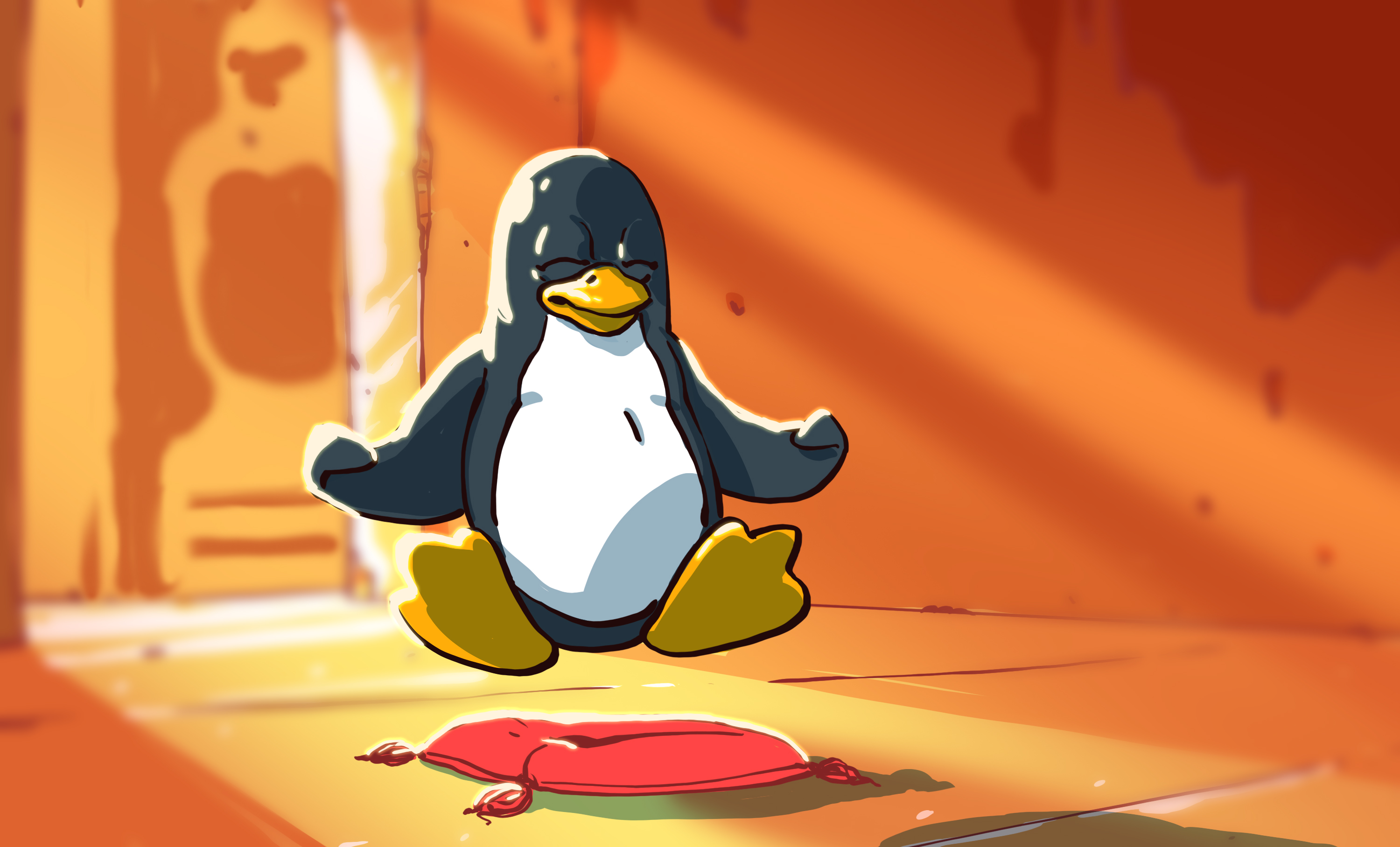Hackaday
1M
31

Image Credit: Hackaday
My Winter of ’99: The Year of the Linux Desktop is Always Next Year
- The author reminisces about the allure of the tech world in the 1990s and his switch to Linux in 1999, enthralled by its potential as a desktop operating system.
- Despite the promised ease of installation and applications, the Linux experience fell short with its rough interface and lack of polish compared to Windows alternatives.
- Shift in focus towards Linux for other applications like router projects and using it for tinkering, while Windows remained the primary desktop system.
- The Linux ecosystem's fragmentation, lack of standardization, and cumbersome software distribution hinder its usability and appeal for wider adoption.
- Linux's adoption of the UNIX security model poses challenges for desktop users accustomed to a simpler permissions system, impacting user experience negatively.
- The absence of a stable kernel driver API in Linux leads to driver compatibility issues post-kernel updates, requiring manual recompilation and potentially disrupting system functionality.
- The author's reluctance to fully transition to Linux is rooted in its complexities and inconsistencies, with a preference for more streamlined experiences like Windows or FreeBSD.
- The dream OS for the author would combine the best features of Windows and open-source stability, potentially found in projects like ReactOS or Haiku.
- The evolution from the 'Year of the Linux Desktop' in 1999 to modern considerations reflects the ongoing challenges and opportunities in the operating system landscape.
- The desire for a cohesive, standardized, and user-friendly desktop OS remains a goal amidst the diverse and evolving landscape of technology platforms.
Read Full Article
1 Like
For uninterrupted reading, download the app